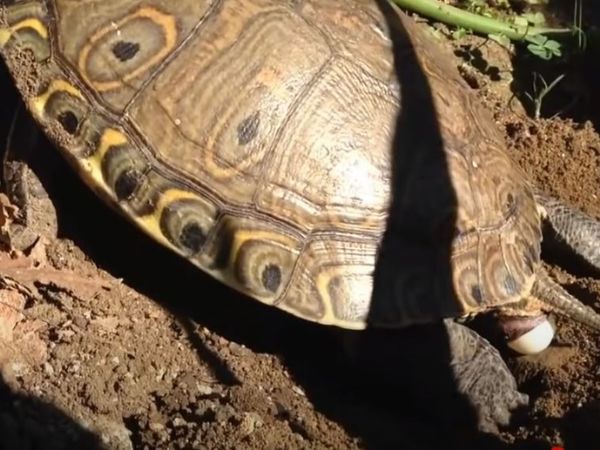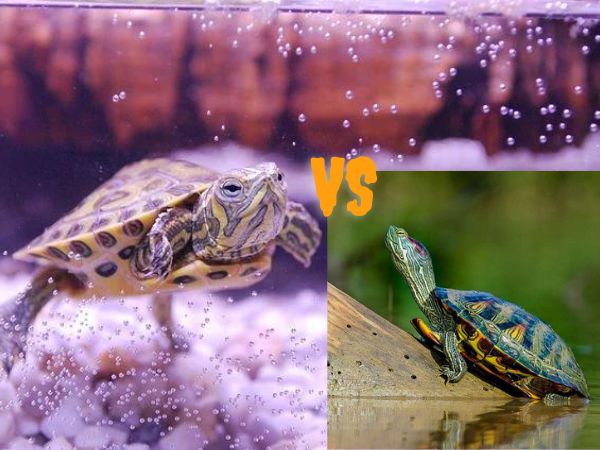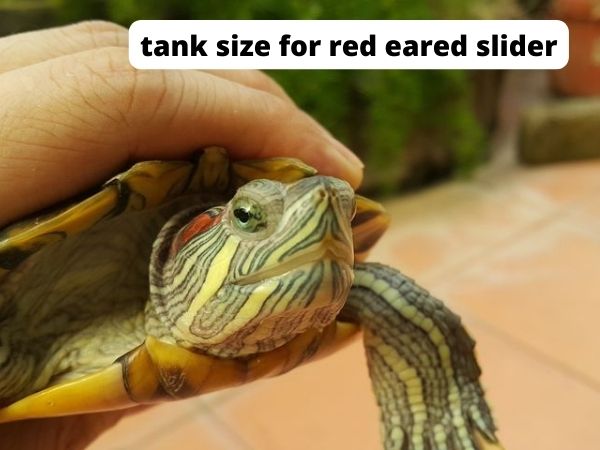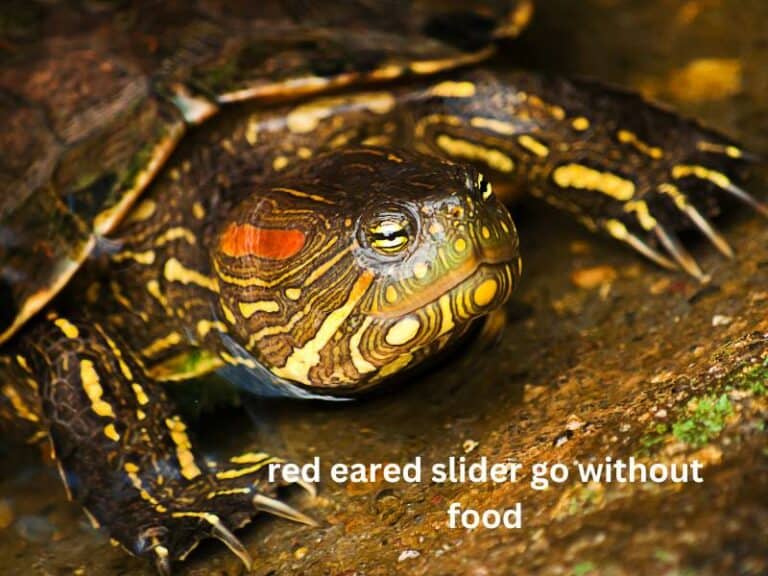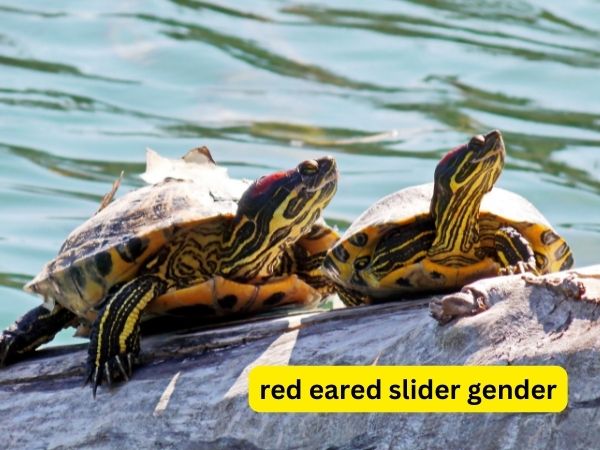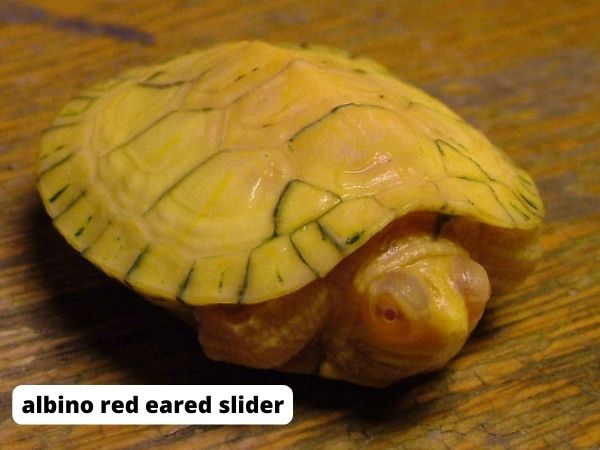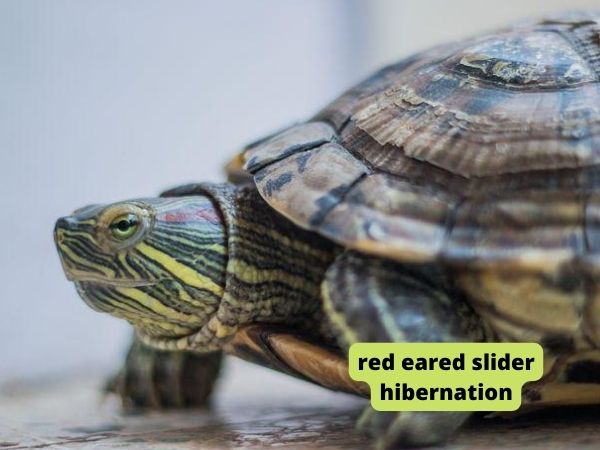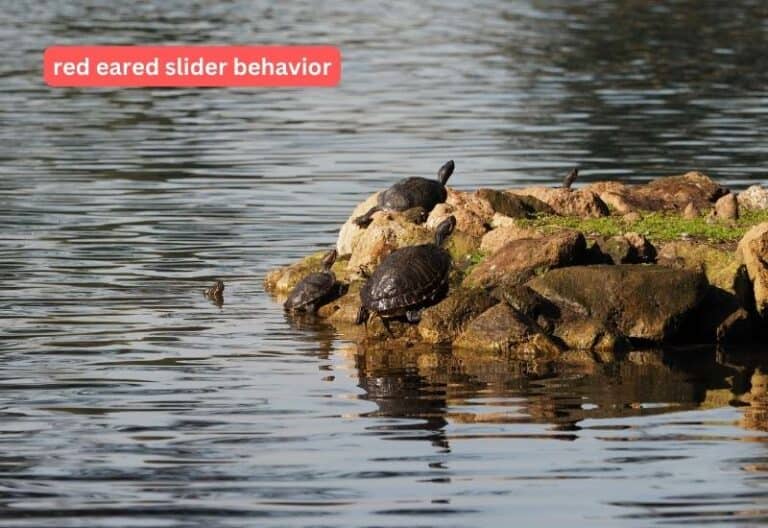red eared slider poop (8 signs and solutions) | turtlevoice
Red eared slider poop typically looks like dark brown pellets. However, the specific appearance of their poop can vary depending on their diet. If they have a diet that is high in protein.
for example, their poop may be slightly darker in color. If they are not getting enough fiber in their diet, their poop may be more watery and soft. either way, you should still be able to tell that it is slider poop!
red eared slider poop healthy:
there are some basic guidelines you can use to determine if your turtle’s poop is healthy. Healthy turtle poop should be well-formed and not watery or runny.
The color of a healthy turtle poop will also depend on the type of food your turtle eats, but it should generally be brown or green. If you notice any abnormal changes in your turtle’s poop – such as excessive diarrhea or constipation – be sure to take them to a vet for a check-up.
8 signs and solutions about red-eared slider poop:
- red eared slider eating its own poop:
- red eared slider pooping blood:
- red ear slider white poop:
- red eared slider green poop:
- red eared slider not eating poop looks like leaves:
- red ear slider stringy poop:
- red eared slider brown debris with poop:
- red ear slider turtle poop flake:
1. red eared slider eating its own poop:
If red eared slider eating its own poop, there can be some reasons. It could be that they are looking for extra nutrients, as feces contains a lot of undigested food that can be beneficial for them.
It could also be that they simply enjoy the taste or smell of their own poop! Whatever the reason, there are a few things you can do to help stop this behavior.
try to feed them a more nutritious diet so that they are getting all the nutrients they need and aren’t forced to eat their own feces. You should also provide them with plenty of Stimulating activities, like hiding food around their enclosure for them to find, as this will help keep their minds active and distracted from eating their own poop.
make sure to clean their enclosure regularly so that there are no old feces for them to eat. If you follow these steps, hopefully, your red-eared slider will stop eating its own poop!
2. red eared slider pooping blood:
If your red eared slider is pooping blood, it’s important to take them to the vet as soon as possible. Blood in the stool can be a sign of a variety of health problems, from gastrointestinal infections to more serious issues like liver disease.
At the vet, they will likely do a physical examination and some diagnostic tests, like x-rays or blood work, to determine what is causing the problem. If it is something simple like an infection, they will prescribe medication. If it is something more serious, they may recommend surgery or other treatment options.
3. red ear slider white poop:
Well, first of all, it’s just gross if your turtle’s poop is white. Plus, it could be a sign of a health problem. Here’s what you need to know about why your turtle might have white poop and what to do about it.
Generally speaking, white poop means that there’s something wrong with your turtle’s digestive system. It could be a sign of an infection or inflammation somewhere along the gastrointestinal tract.
Also, white poop could also indicate that your turtle isn’t getting enough nutrients from its food.
This is more common in turtles that are fed a primarily plant-based diet. If your turtle’s poop is white, it’s best to take them to a vet for a check-up to rule out any potential health problems.
Further, you may want to consider switching up their diet to include more protein and fiber-rich foods.
4. red eared slider green poop:
the most likely cause is that your turtle is eating too much plant matter. When turtles eat too much plant matter, it can cause their stool to turn green.
If you think your turtle is eating too much plant matter, you can try cutting back on the amount of plant matter in its diet. You can also try giving them a supplement like ZooMed Reptivite to help ensure they’re getting all the nutrients they need.
5. red eared slider not eating poop looks like leaves:
If your red-eared slider is not eating and looks like it’s leaving behind droppings that resemble leaves, then there are a few things you can do to try and get them back on track.
One option is to try and increase the water temperature in their tank a degree or two; this could help stimulate their appetite. You can also try adding some live food to their diets, such as crickets or earthworms, as this may be more tempting for them than pellets or flakes.
If all else fails, you may need to take your turtle to the vet for a check-up to make sure there’s nothing wrong with them medically that’s preventing them from eating.
6. red ear slider stringy poop:
If your red ear slider has stringy poop, it’s important to take action right away. Stringy poop can be a sign of internal parasites, which can make your turtle very sick.
The best way to deal with red eared slider stringy poop is to take your turtle to the vet for a check-up. Your vet will be able to tell if there are any parasites present and prescribe the appropriate treatment. Sometimes, simply changing your turtle’s diet can help clear up the problem.
7. red eared slider brown debris with poop:
Brown debris can be a sign of an internal parasite, and if left untreated, it can lead to serious health problems for your turtle.
If you notice brown debris in your turtle’s cage, the first thing you should do is contact a reptile veterinarian. They will be able to diagnose the problem and prescribe the appropriate treatment. In some cases, surgery may be necessary to remove the parasites from your turtle’s intestines.
In order to prevent brown debris from occurring in the first place, it is important to keep your turtle’s environment clean and free of potential sources of parasites.
8. red ear slider turtle poop flake:
If red eared slider poop flakes, it’s possible that your pet is experiencing a health problem. Here are some tips on what to do if this happens:
-Contact a veterinarian as soon as possible for an examination and diagnosis.
-If the turtle is kept indoors, increase the humidity in the environment. You can do this by using a humidifier or placing bowls of water around the room.
-Make sure your pet is eating a healthy diet and has plenty of fresh water to drink.
-Monitor your pet’s behavior and appearance closely, and look out for any other symptoms that may suggest a health issue.
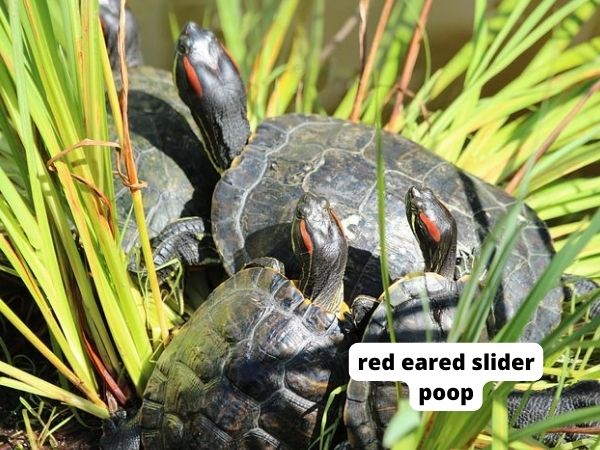
A unique benefit of Red eared slider poop:
Red-eared slider poop is a great fertilizer for plants. It is high in nitrogen and phosphorus, which are essential nutrients for plant growth. Not only will your plants benefit from the addition of red eared slider poop to the soil, but they will also be less likely to experience disease or pests. Adding red-eared slider poop to your garden is an easy and affordable way to improve its health and productivity.
Frequently Asked Questions (Faqs’):
Answer:
While most people think of turtle poop as being hard, it can actually be quite soft. The hardness or softness of turtle poop depends on what the turtle has been eating. If the turtle has been eating mostly soft food, then its poop will be softer.
However, if the turtle has been eating mainly hard food, then its poop will be harder. In general, though, most Turtle Poop is going to be on the softer side.
Answer:
turtles generally excrete waste less frequently than other animals, so it is not uncommon for them to go several weeks or even months without pooping.
While different turtles have different digestive systems and thus release waste at different rates, all turtles should defecate regularly to avoid health problems.
If your turtle does not seem to be pooping as frequently as it should be, consult a veterinarian to make sure there are no underlying health issues causing constipation.
Answer:
It’s possible that your slider is eating black aquarium gravel, which will turn their feces black. However, it’s also possible that your slider has a condition called intestinal metaplasia, which can cause black feces.
Answer:
it tends to be relatively small and pellet-like. This is due in part to the fact that turtles consume a mostly carnivorous diet.
Answer:
Tortoises can go anywhere from a few days to a couple of weeks without passing any feces. When they do, they typically produce between 1 and 3 ounces at a time.
Answer:
Red eared slider turtles do indeed poop pebbles, and it’s actually a very beneficial behavior for them. By pooping out these small, hard objects, they’re effectively grinding down their own teeth! Over time, as the turtles eat and grind down these pebbles, their teeth will wear down naturally, which helps to keep them healthy and functioning properly
Answer: Brown.
In the wild, a turtle’s diet consists mostly of plants and animals with a brownish coloration. As a result, their feces are also typically brown in color. If you notice that your turtle’s feces is not brown, it may be an indication that they are not getting the proper nutrition from their diet.
Answer:
as a general rule of thumb, turtles should poop every one to two days. If your turtle is pooping more or less frequently than this, it could be a sign of an underlying health issue and you should consult with a veterinarian.
Answer:
It can be difficult to tell whether a tortoise is constipated, but there are a few things to look out for. One sign of constipation is if the tortoise’s stool is dry and hard. Another sign is if the tortoise seems to be straining when he or she goes to the bathroom.
Answer:
No. Turtles excrete waste through their cloaca, which is a single opening that serves as the outlet for the digestive, urinary, and reproductive tracts.
final words:
Interestingly, red eared slider poop can tell you a lot about their overall health and well-being. For instance, if you notice that your turtle’s feces are particularly dark or black in color, it could be a sign of internal bleeding. On the other hand, if their poop is white or pale colored, it might indicate a deficiency in their diet.
